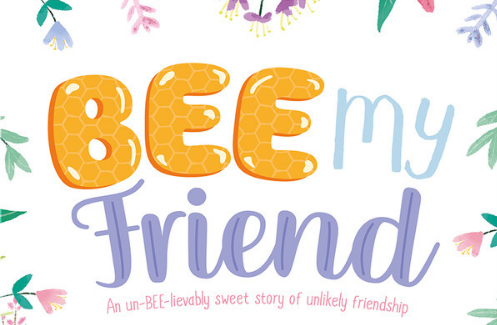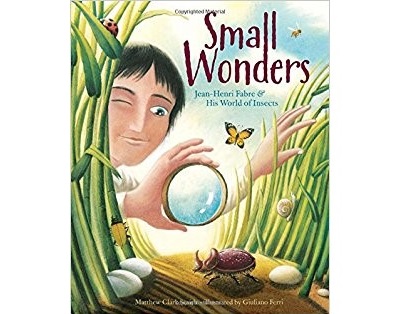
Bee My Friend
Poppy is afraid of bees until she begins to learn about all the essential ecosystem services that pollinators—and bees, in particular—provide.

Poppy is afraid of bees until she begins to learn about all the essential ecosystem services that pollinators—and bees, in particular—provide.

Do you enjoy seeing and hearing birds in your community? Use this book with grades K-2 and spend a day with Ava and her team as they participate in the annual Audubon Bird Count. Learn more about bird watching and how you can become a community scientist yourself and contribute to real scientific research.

Told entirely in verse, Forest World embraces a hybrid form of storytelling. Use this novel with students to explore poetry, increase their understanding of forest biodiversity, learn how to make your own paper, and much more!

Can one little hideaway be a home to a host of woodland creatures? Learn about a Russian folk tale and encourage early learning along the way.

Introduce biodiversity to young readers through this nonfiction picture book that explores a typical day for animals that call a soggy forest home.

By Jennifer Byerly
Bat Week is Oct. 24-Oct. 31! Use this national event (timed with Halloween) to teach kids about the important role bats play as insect eaters, pollinators, and seed spreaders. To celebrate, we’ve gathered some free downloadable activities, arts and crafts, writing prompts, and other projects for all ages to learn about bat conservation.

For elementary learners, this picture-book biography on Jean-Henri Fabre illuminates the life of one of the first naturalists to explore the fascinating world of insects.

Wishtree tackles tough topics with scientific facts, all told from the perspective of a generations-old red oak tree. It is best suited for middle grade readers who are growing out of illustrated narrative and into more complex subject matter.

Use this book’s beautiful, scientifically-accurate illustrations, playful rhymes, and a game of search-and-find, to help children in grades K-4 experience the majesty of redwood trees.

Meet plants and animals living in, on, and around trees and how they depend on trees to survive.